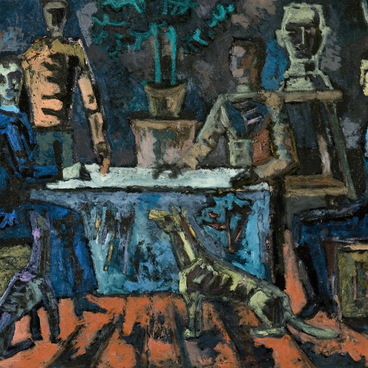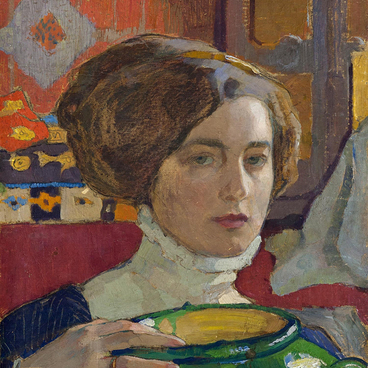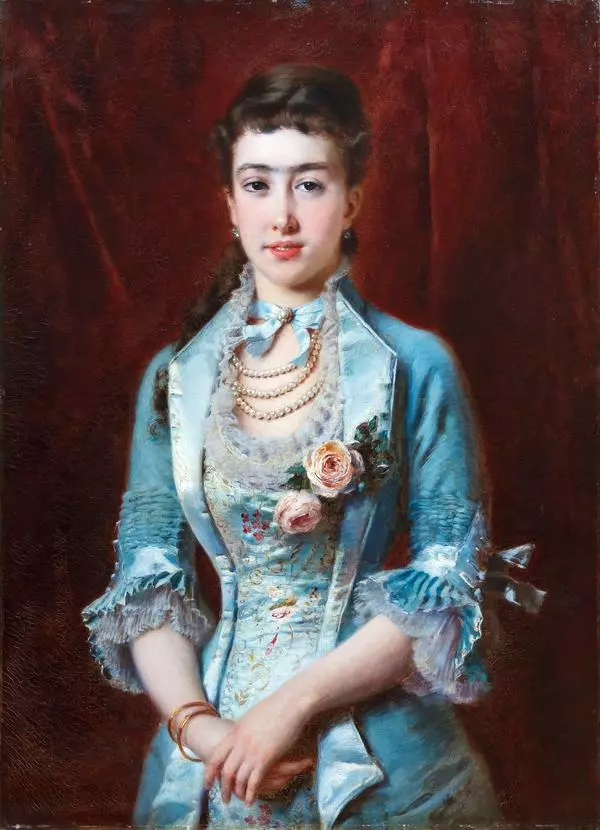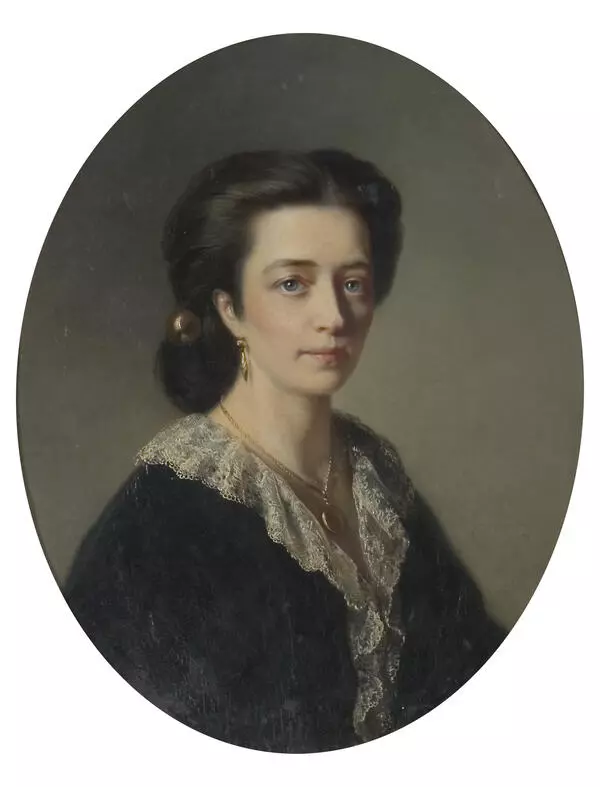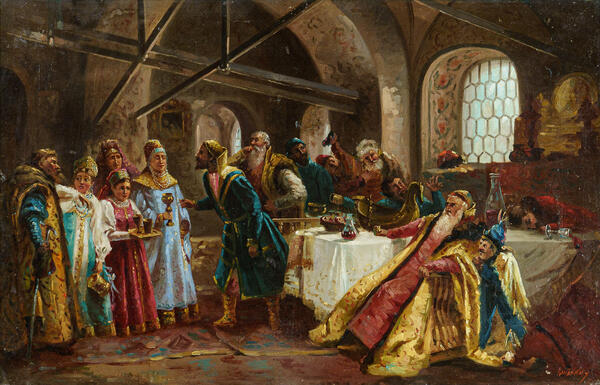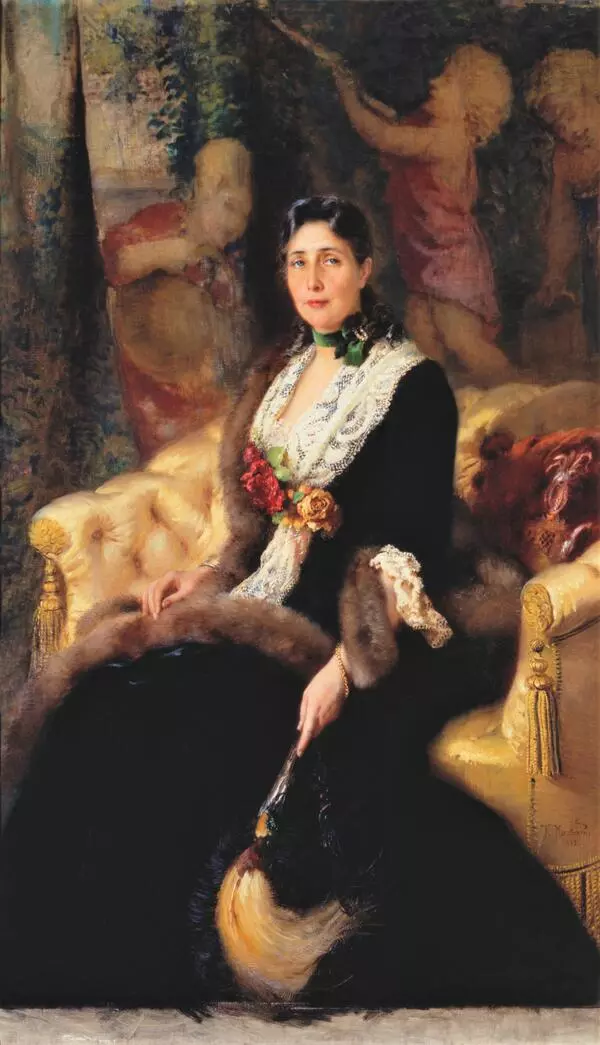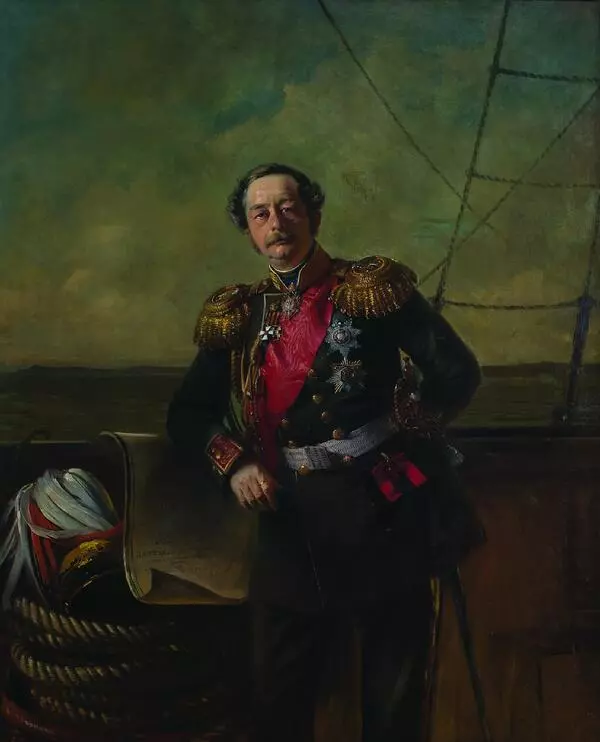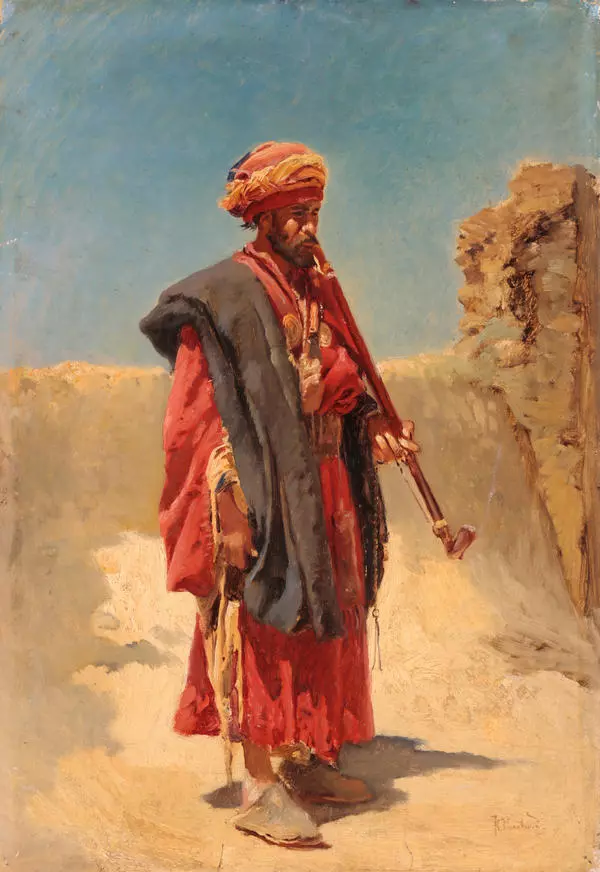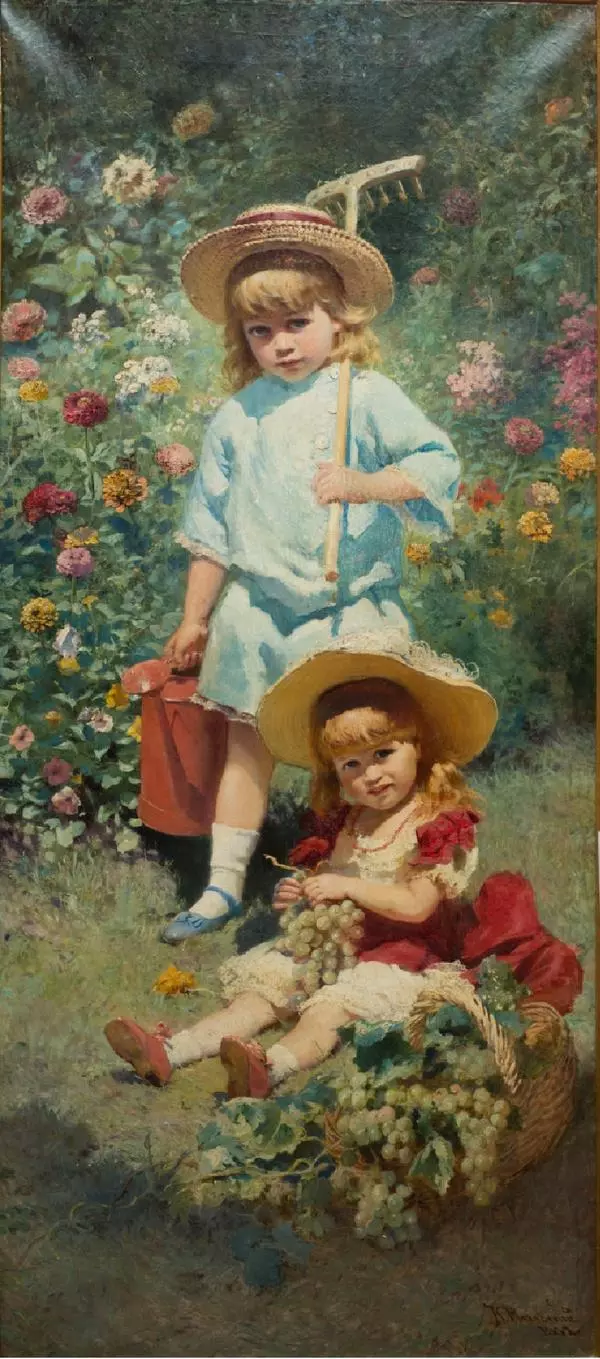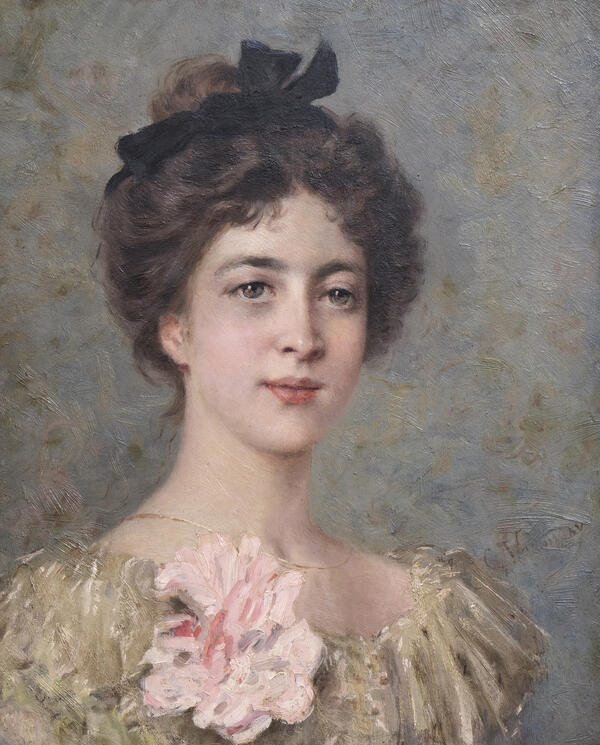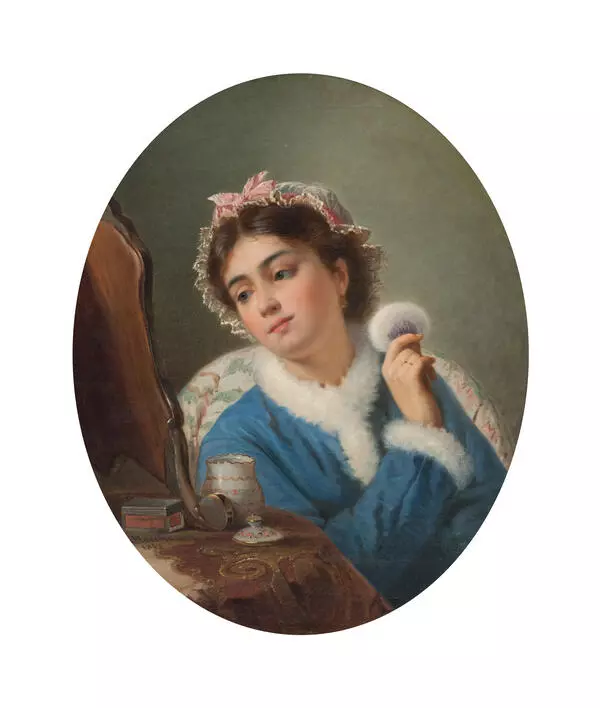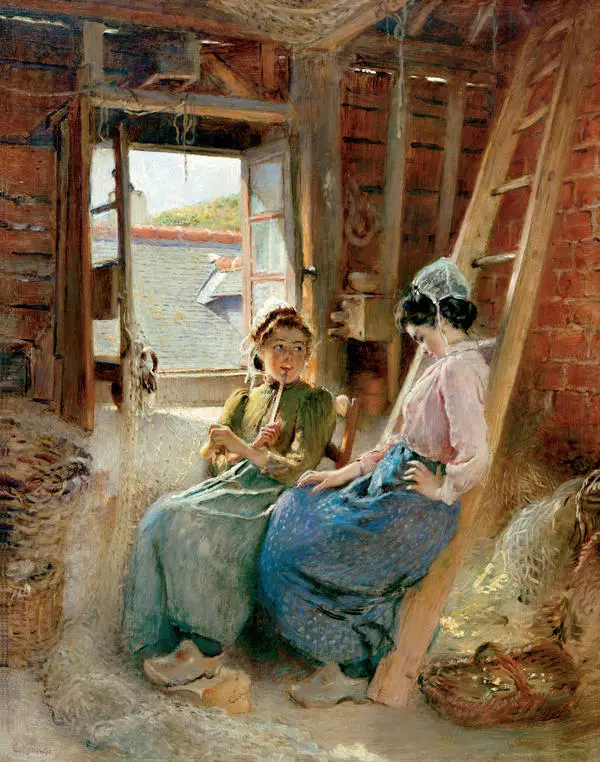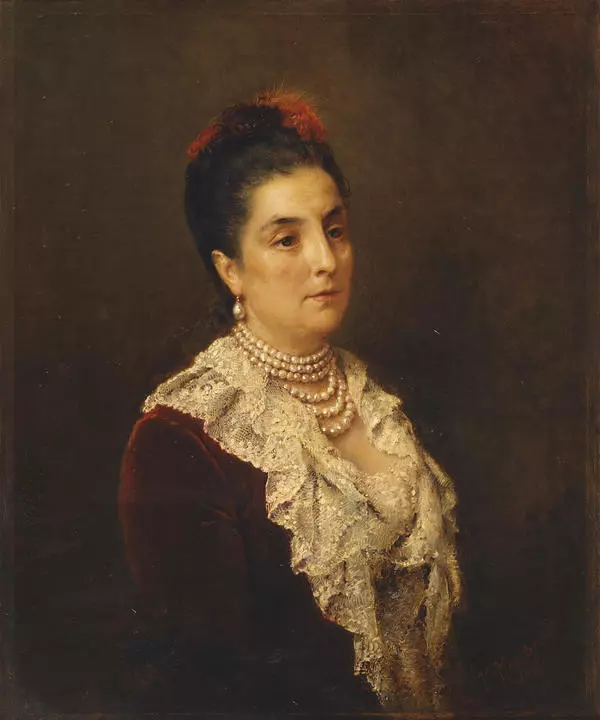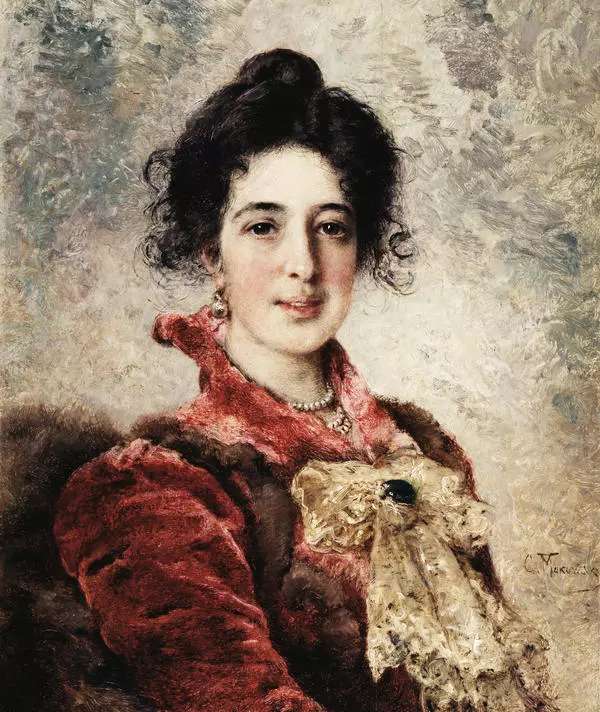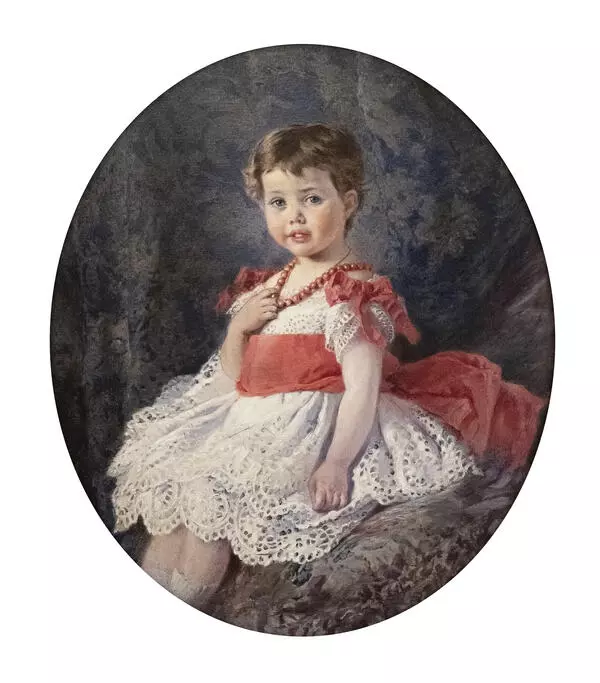Konstantin
Makovskiy was an unusual phenomenon of Russian artistic culture. An extremely
fashionable and successful artist, he was often criticized for his mannerisms
and public indulgence. Nevertheless, he rightfully became one of the best
Russian painters. Konstantin Yegorovich was born in 1839. His father was one of
the founders of the Moscow School of Painting, Sculpture and Architecture, and
a collector of paintings. His mother, singer Lyubov Mollenhauer, taught at the
Moscow Conservatory. Besides Konstantin, there were four other children in the
family. They all learned to draw from an early age. Later, the artist wrote,
Portrait of the Artist’s Wife
For what came out of me, I consider myself indebted not to the academy, not to the professors, but exclusively to my father.
In 1863, Makovskiy entered the list of the best students of the Academy of Arts. There was an annual competition for a Grand Gold Medal among them. A graduate of the academy who received this award was given a cash allowance by the state and paid for life and work in Italy for six years. But Konstantin Makovskiy did not get it. Together with a group of other students, he refused to paint a picture on the topic of Scandinavian mythology and left the academy without receiving a diploma. This incident went down in history as the “Revolt of the Fourteen.”
Soon Makovskiy became famous as a portrait painter.
He often received orders from the St. Petersburg nobility, and quickly gained
popularity. He earned so much that he was able to rent a workshop near the
Palace Square.
The best beauties vied with each other to pose for me… I earned huge money, lived with regal luxury and managed to paint a myriad of paintings, decorative panels, portraits, studies and watercolors.
Konstantin Yegorovich’s 1873 painting “Portrait of a Woman, ” presumably of the second wife of the artist Yulia Pavlovna Letkova, is on display at the Voronezh Regional Art Museum named after Ivan Kramskoy. The master managed to catch the moment when “the soul looks out of the eyes at the world.” Every stroke in the painting speaks of love.
The artist died in St. Petersburg and was buried in
the cemetery of Alexander Nevsky Lavra, but his grave was destroyed during the
revolution and was lost.
Ministry of Culture of the Russian Federation

